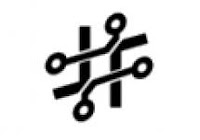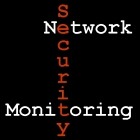Pascal Meunier Is Right About Virtualization

I love Pascal Meunier's post Virtualization Is Successful Because Operating Systems Are Weak : It occurred to me that virtual machine monitors (VMMs) provide similar functionality to that of operating systems... What it looks like is that we have sinking boats, so we’re putting them inside a bigger, more powerful boat, virtualization... I’m now not convinced that a virtualization solution + guest OS is significantly more secure or functional than just one well-designed OS could be, in theory... I believe that all the special things that a virtualization solution does for functionality and security, as well as the “new” opportunities being researched, could be done as well by a trustworthy, properly designed OS. Please read the whole post to see all of Pascal's points. I had similar thoughts on my mind when I wrote the following in my post NSM vs Encrypted Traffic, Plus Virtualization : [R]eally nothing about virtualization is new. Once upon a time computers could only run one ...















